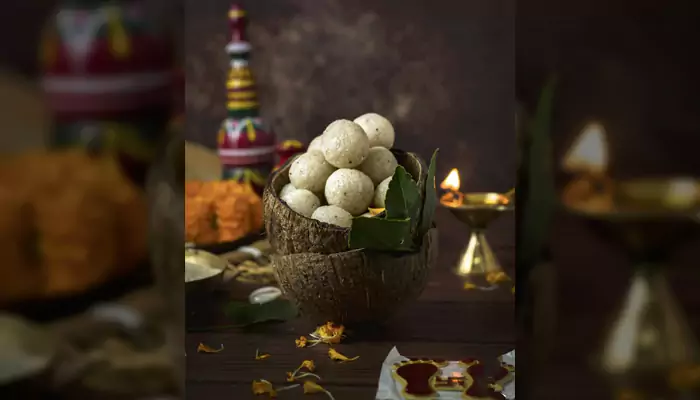How to Make the Perfect Sweet Pongal: Traditional Recipe and Tips
- Devyani
- 11 months ago
- 4 minutes read

Discover the secrets to crafting the perfect Sweet Pongal, a traditional South Indian dessert that’s as delightful as it is symbolic of celebration and gratitude.
Sweet Pongal, also known as Sakkarai Pongal, is a quintessential South Indian dish prepared during the harvest festival of Pongal or Makar Sankranti. Its delightful sweetness, infused with the aroma of ghee, jaggery, and cardamom, makes it a crowd-pleaser. If you’ve ever wanted to recreate this traditional delicacy in your kitchen, you’re in for a treat! Here’s a step-by-step guide to making the perfect Sweet Pongal, along with some expert tips to elevate the dish.
Ingredients You’ll Need

Before we dive into the recipe, gather these simple ingredients:
- 1/2 cup raw rice (short-grain varieties like ponni or sona masuri work best)
- 1/4 cup yellow moong dal (split mung beans)
- 1 cup jaggery (grated or powdered)
- 3 cups water
- 1/2 cup milk (optional for extra creaminess)
- 2-3 tablespoons ghee (clarified butter)
- A handful of cashews
- A handful of raisins
- 1/4 teaspoon cardamom powder
- A pinch of edible camphor (optional)
- A pinch of nutmeg (optional)
Step-by-Step Recipe

Toast and Wash the Dal and Rice
Begin by dry roasting the moong dal on a low flame until it emits a mild nutty aroma. This step enhances the flavor of the dal. Once roasted, rinse the dal and rice thoroughly under running water and set aside.
Cook the Rice and Dal
In a pressure cooker, add the rinsed rice and dal mixture along with 3 cups of water. Cook for about 3-4 whistles until it becomes soft and mushy. If you’re not using a pressure cooker, boil the mixture in a heavy-bottomed pan until it reaches the desired consistency.
Prepare the Jaggery Syrup
While the rice and dal are cooking, dissolve the jaggery in a small pan with a few tablespoons of water over low heat. Strain the syrup to remove any impurities and set it aside.
Combine Everything
Once the pressure releases from the cooker, mash the cooked rice and dal gently. Add the jaggery syrup to the mixture and cook on a low flame, stirring continuously to prevent it from sticking to the pan. For a creamier texture, add milk at this stage.
Temper with Ghee and Spices
Heat ghee in a small pan. Fry the cashews until golden brown, followed by the raisins until they puff up. Add these to the Pongal along with cardamom powder, edible camphor (if using), and a pinch of nutmeg. Mix well to ensure even distribution of flavors.
Serve Hot
Your Sweet Pongal is ready! Serve it warm, garnished with extra fried cashews and a drizzle of ghee for that indulgent touch.
Pro Tips for the Perfect Sweet Pongal

- Choose the Right Rice: Short-grain rice like ponni or sona masuri works best for Sweet Pongal as it absorbs flavors beautifully.
- Jaggery Quality Matters: Always use fresh, unadulterated jaggery for a rich and authentic taste.
- Add Milk for Creaminess: If you prefer a richer texture, don’t skip the milk—it elevates the dish.
- Ghee Is Non-Negotiable: Generous use of ghee enhances the flavor and gives Sweet Pongal its signature aroma.
- Avoid Overcooking the Jaggery: Adding jaggery to a very hot mixture can crystallize it. Always cool the rice mixture slightly before combining.
Why Sweet Pongal Is Special
Sweet Pongal is more than just a dish—it’s a symbol of gratitude, celebration, and abundance. Traditionally offered to the Sun God during the Pongal festival, this dessert signifies prosperity and togetherness. The combination of rice, dal, and jaggery reflects the essence of a good harvest and the joy of sharing.
So, the next time you celebrate Pongal or simply crave something sweet, try this recipe. Trust me, the aroma of ghee and jaggery wafting through your kitchen will be worth it!




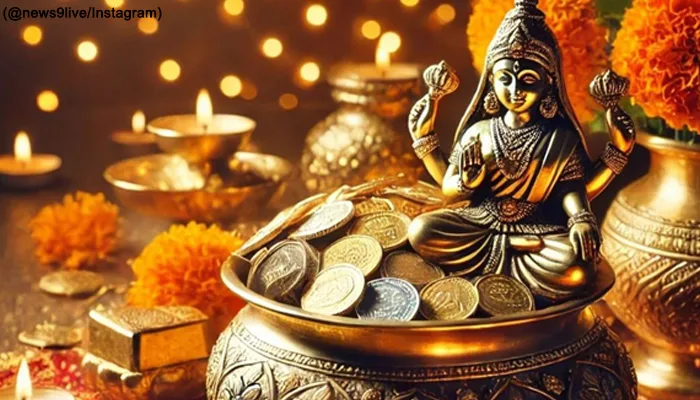
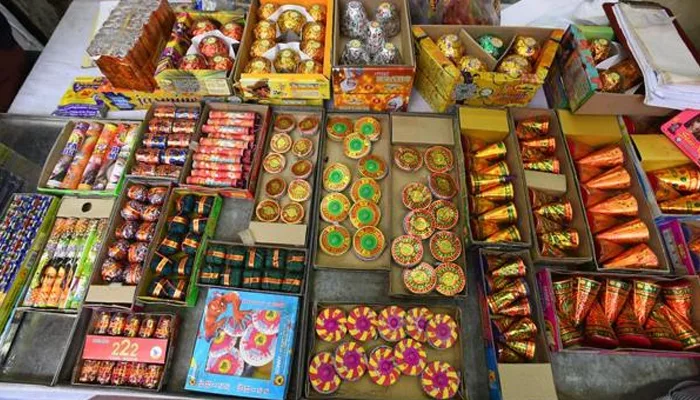
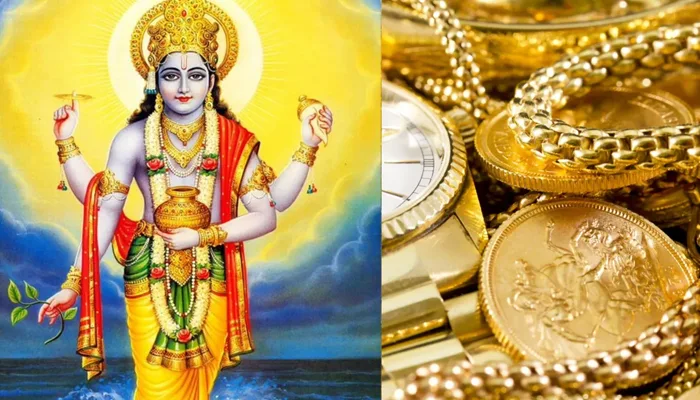
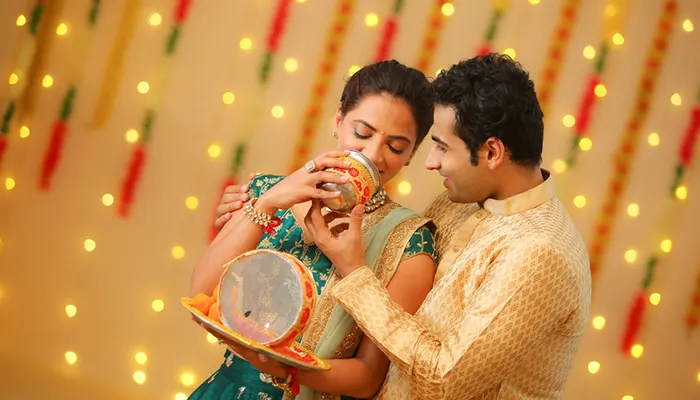
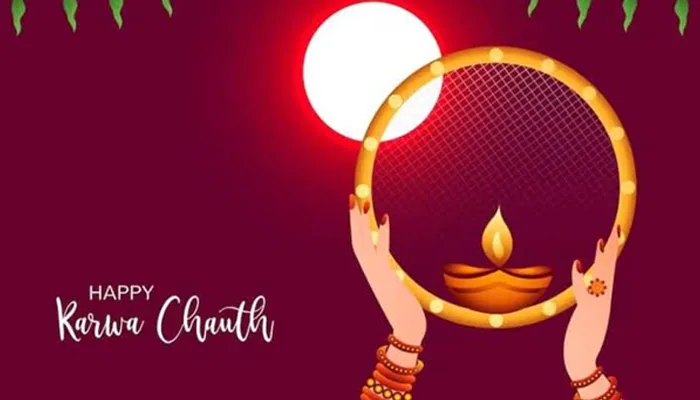
.webp)

